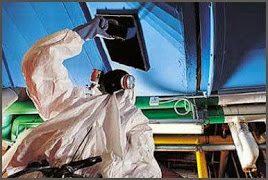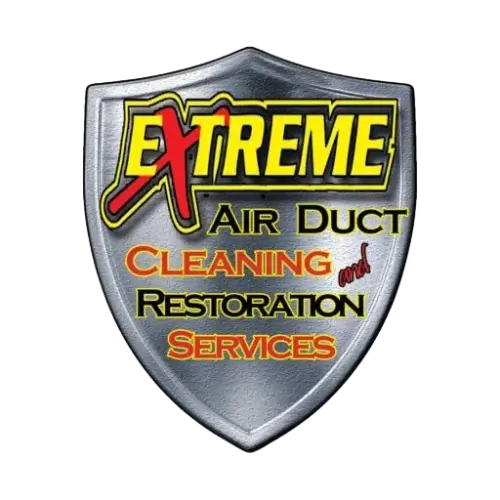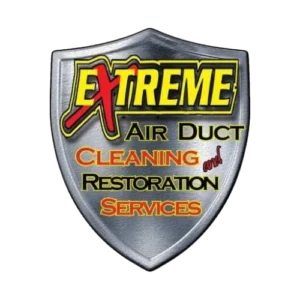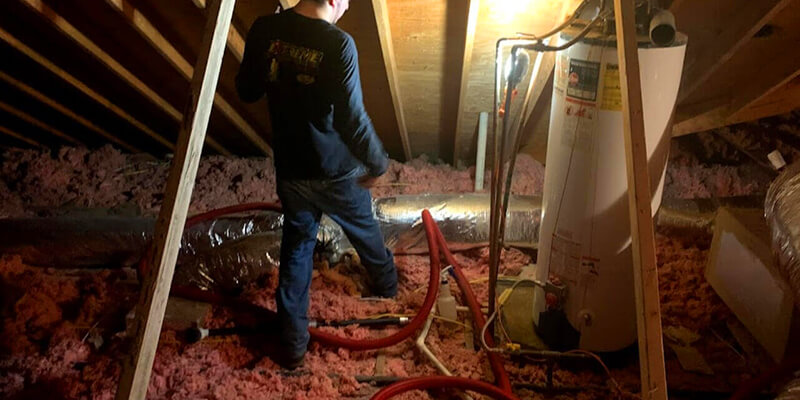Indoor Air is 2 to 5 Times More Polluted Than Outdoor Air
Most of our exposure to environmental pollutants occurs by breathing the air indoors. These pollutants come from activities, products and materials we use every day. The air in our homes, schools and offices can be 2 to 5 times more polluted, and in some cases 100 times more polluted, than outdoor air.
What Contributes to Poor Indoor Air Quality?
Chemicals
The primary sources of indoor exposure to airborne chemicals are products used in interior environments, including furnishings, building materials and other household and office products, that can emit thousands of volatile organic compounds (VOCs) and particles into the air. Of all the culprits that can affect IAQ, chemical emissions are the most harmful as they can contribute to a wide range of health effects.
Mold
Moisture problems are another common source of indoor air pollution as they can lead to indoor mold growth. Mold can also emit VOCs and particulates, compromising indoor air quality and leading to negative health effects. Since it is impossible to eliminate mold spores, the best way to reduce the impact of mold on indoor air quality is to prevent or promptly repair the moisture problems that enable mold growth.
Particulates
The particles emitted from products such as furnishings, building materials and other household and office products are another source of indoor air pollution. Airborne particulates can also come from dirt and dust that is tracked in from outdoors. Particulates can trigger allergies and other respiratory problems in many people. Installing walk-off mats at doorways and changing air filters regularly are both good strategies to limit these pollutants.
Poor Ventilation
Most of the buildings in which people spend the majority of their time are tightly sealed and insulated to keep out unconditioned outdoor air. Furthermore, most ventilation systems are designed to bring in very little outdoor air and instead recirculate the indoor air that has already been heated or cooled. While this strategy is effective for minimizing energy costs, it can have a negative impact on indoor air quality.



